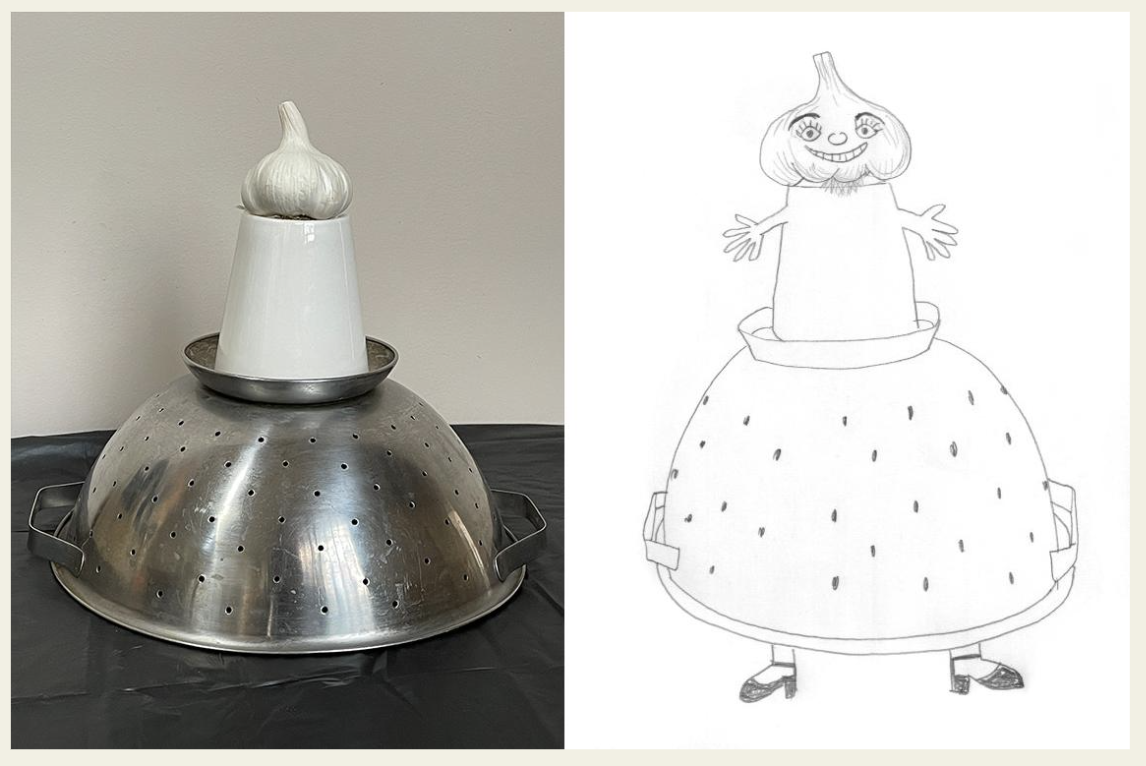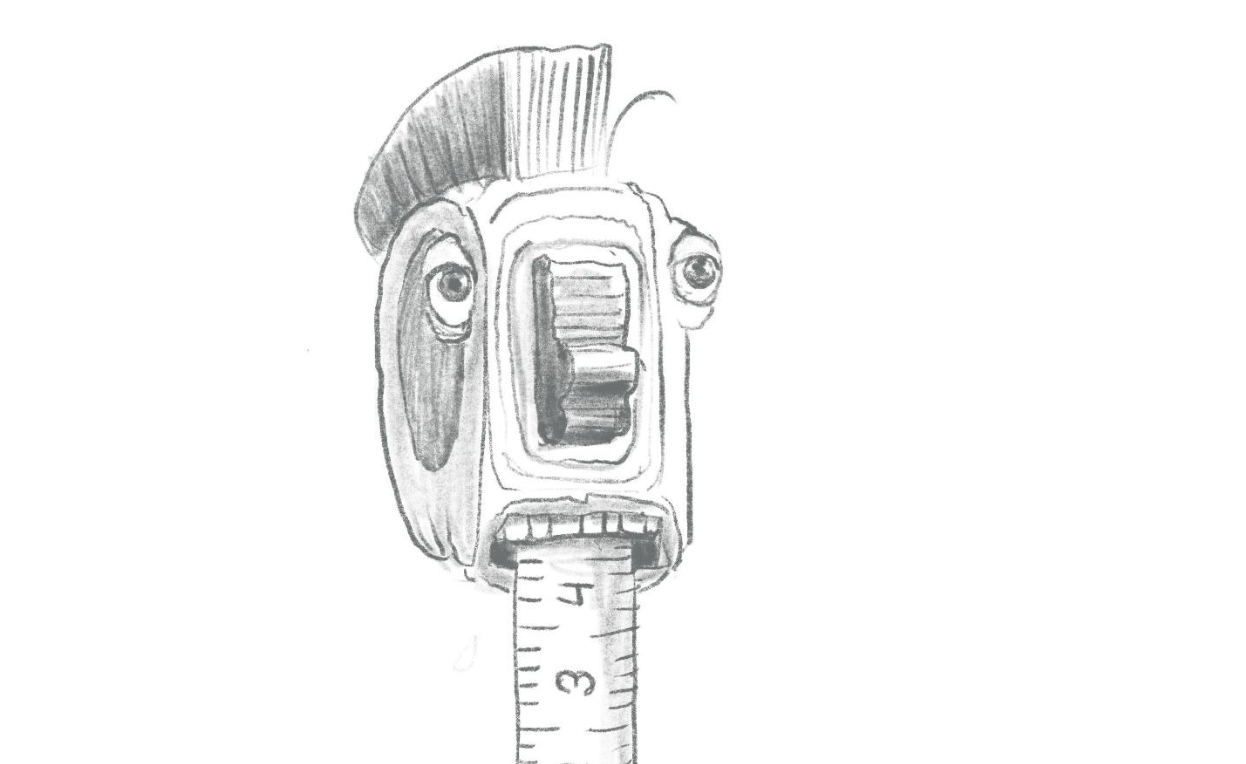Overview
Students will reflect on their art making using close-looking, speaking, writing, and/or sketchbook prompts.
Grade Level
6-8
Media
Drawing
Theme/ Big Idea
Artists can use drawing as a tool to look closely and show what they see, and to express their own unique ideas and point of view.
Essential Question
How do artists use observation and imagination to express both what they see and what they think? What are ways to transform ordinary objects into imaginary objects?
Materials and Tools
- Pencil
- Sketchbook or three to four pieces of paper
Activities
Note: The following activities are written with sample language you may use with your students. Following the art-making lesson, you may choose as many reflection activities as desired for students to work on in class or independently.
Step 1: Introduction and Discussion (5 minutes)
In this unit, we have explored many ways to draw objects, from looking closely and drawing exactly what we see, using lines, shapes, proportion, and texture, to noticing how our objects can look unfamiliar to us and using this as a starting point to transform them into something new.
- After learning techniques to draw from observation, did you begin to notice more lines, textures, or details in the objects around you? What did you notice?
When drawing from imagination, you were challenged to make an ordinary object extraordinary.
- Did this change how you approached your drawing? How?
Step 2: Writing Activity (20 minutes)
Drawing is a language that helps you communicate your experiences and personal point of view. Reflect on the following questions and write your responses to create a brief statement about your piece.
- Why did you choose this object to draw?
- Did you combine it with another object? Why did you make that choice?
- What ideas do you want someone to know about your drawing?
- How does your drawing show your personal point of view or connect to your life experiences?
Step 3: Sketchbook Activity (20 minutes)
Find two to three more objects that you think would be interesting to draw and that you relate to. Try different arrangements of these objects to transform them and make them into something new.

Use your observational drawing skills and your imagination to draw what you’ve created.
After giving students time to create their drawings, invite them to share.
- Why did you choose these objects to arrange together?
- How did you choose to transform them? Why?
Resources
Amy Mahnick. Figurines #4. 2009: https://amymahnick.net/figurines/1/5

